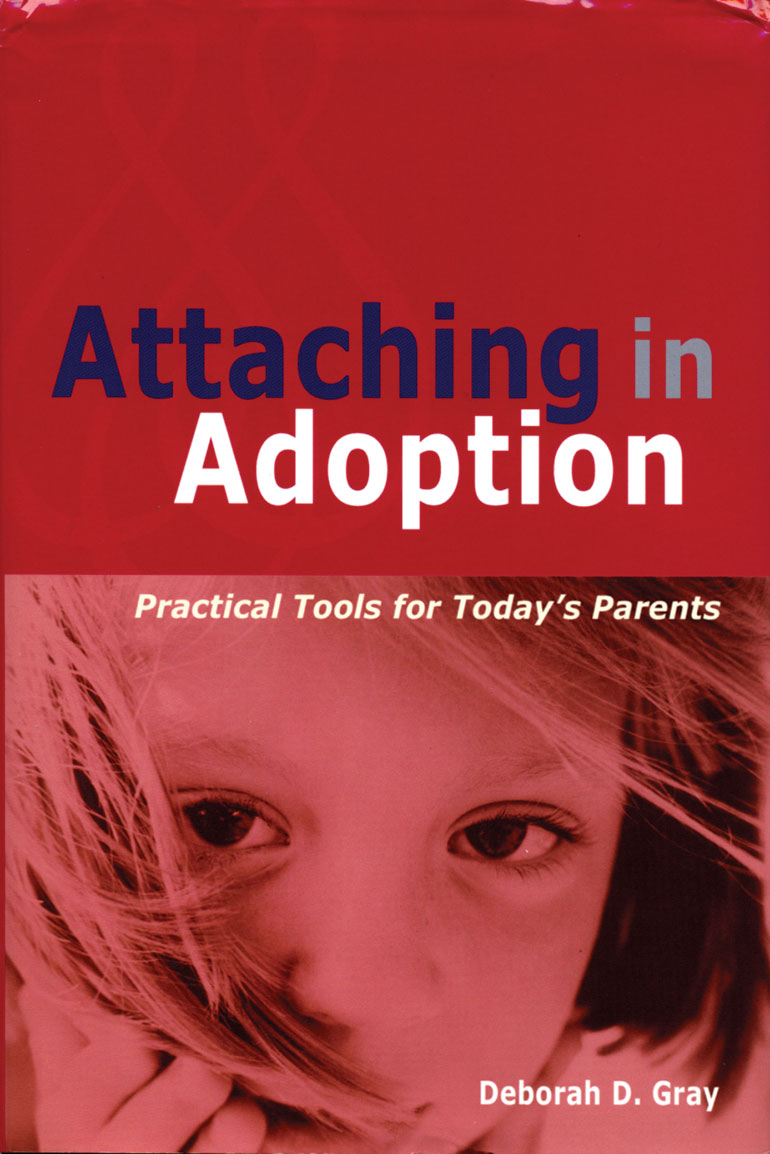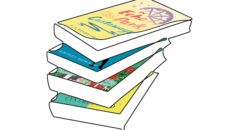I have no idea what percentage of a personality is determined by genes. I don’t even know what a percentage of a personality is. But if there’s anything I can do to load the dice in my child’s favor, I’ll do it. Most adoptive parents feel the same. Attaching in Adoption: Practical Tools for Today’s Parents is for us.
I wish this book had been around a decade ago, when my husband and I first started thinking about adoption. I wish it had been around when we brought our daughter home two years later. And I wish it had been around when our daughter was 21 months old, and the babysitter quit, and a new one started, and our forlorn, frantic child screamed all day, every day, for a week.
How we searched Penelope Leach, T. Berry Brazelton, Richard Ferber, and other illustrious names in childrearing literature! Their advice, while sometimes helpful, didn’t always fit. What we needed was a Deborah D. Gray to set out—in straightforward, unthreatening language—practical tips for responding to the challenges all adopted children face when they leave one home (their birth parent’s, their foster family’s, or their orphanage) and enter another. Our child’s adjustment was relatively easy. But if we’d known more, it could have been easier.
Attaching in Adoption covers the full range of attachment challenges—from the transitory to the traumatic and from infancy to adulthood. Gray’s approach is positive, practical, and realistic, providing age-specific advice with clear explanations of developmental stages and checklists to help parents assess how their child is doing at each stage. The best part, for those of us who adopted before this book was published, is that its never too late to learn. For those struggling with serious attachment disorders, this book could be a lifesaver. Every adoptive parent should read this book.
Reviewed by Amy Klatzkin, editor of A Passage to the Heart: Writings from Families with Children from China.



